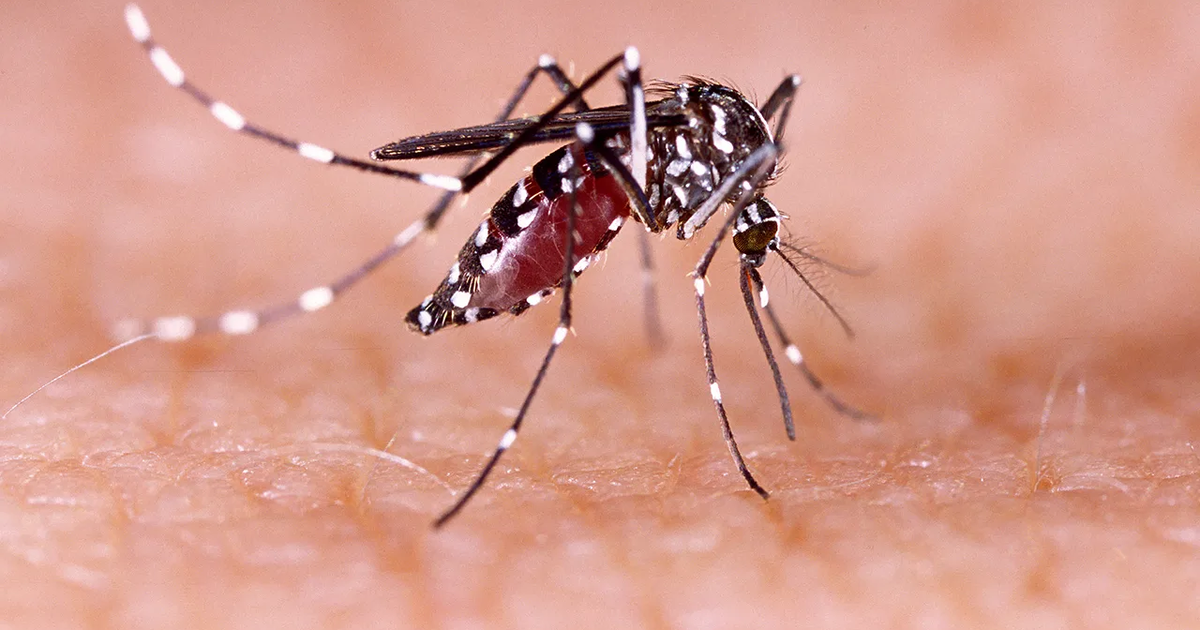GENEVA, Switzerland — The World Health Organization (WHO) has issued a stark warning about a looming global outbreak of the chikungunya virus, emphasizing the urgent need for preventive measures as cases continue to surge in multiple regions.
Chikungunya, a mosquito-borne viral illness, has seen a staggering rise in cases, including a 381% increase in the Philippines, bringing the country’s total to 2,854 reported infections. The WHO cautioned that the current pattern of spread mirrors the early signs of a major epidemic that occurred two decades ago, which eventually affected nearly half a million people worldwide.
“Chikungunya is not widely recognized, but it has been detected in 119 countries, putting 5.6 billion people at risk,” said Diana Rojas Alvarez, WHO’s technical lead on arboviruses. “The situation today bears striking resemblance to the 2004–2005 outbreak that began in the Indian Ocean islands and quickly escalated into a global crisis.”
Already in 2025, significant outbreaks have been reported in Reunion, Mayotte, and Mauritius, with an estimated one-third of Reunion’s population infected. The virus is now also spreading to nearby countries such as Madagascar, Somalia, and Kenya, and signs of transmission have emerged in South Asia and Europe. France has confirmed local transmission, and suspected cases have surfaced in Italy, all linked to travel from affected regions.
Early Warning to Prevent a Repeat
The WHO’s alarm is aimed at avoiding a repeat of past failures in detecting and controlling chikungunya early. “We are raising the alarm so countries can act early—detect cases, bolster health systems, and prevent widespread outbreaks,” Rojas Alvarez emphasized.
Though chikungunya generally has a low fatality rate—less than one percent—the potential impact of millions of infections could still result in thousands of deaths. The virus causes severe joint pain, fever, and fatigue, and its symptoms often resemble those of dengue and Zika, complicating diagnosis.
Climate Change and the Expanding Threat
The virus is primarily spread by Aedes aegypti and Aedes albopictus, also known as tiger mosquitoes. These mosquitoes are expanding into new territories due to climate change, increasing the reach of chikungunya into temperate zones.
Tiger mosquitoes, which bite mostly during daylight hours—particularly in the early morning and late afternoon—can breed in stagnant water, making basic sanitation measures critical in controlling their population.
WHO’s Call to Action
The WHO is urging the public and governments alike to take preventive steps: eliminate standing water, use mosquito repellents, and implement robust surveillance and diagnostic systems.
With chikungunya emerging as a potential global health emergency, the WHO’s message is clear: act now or risk repeating the mistakes of the past.



